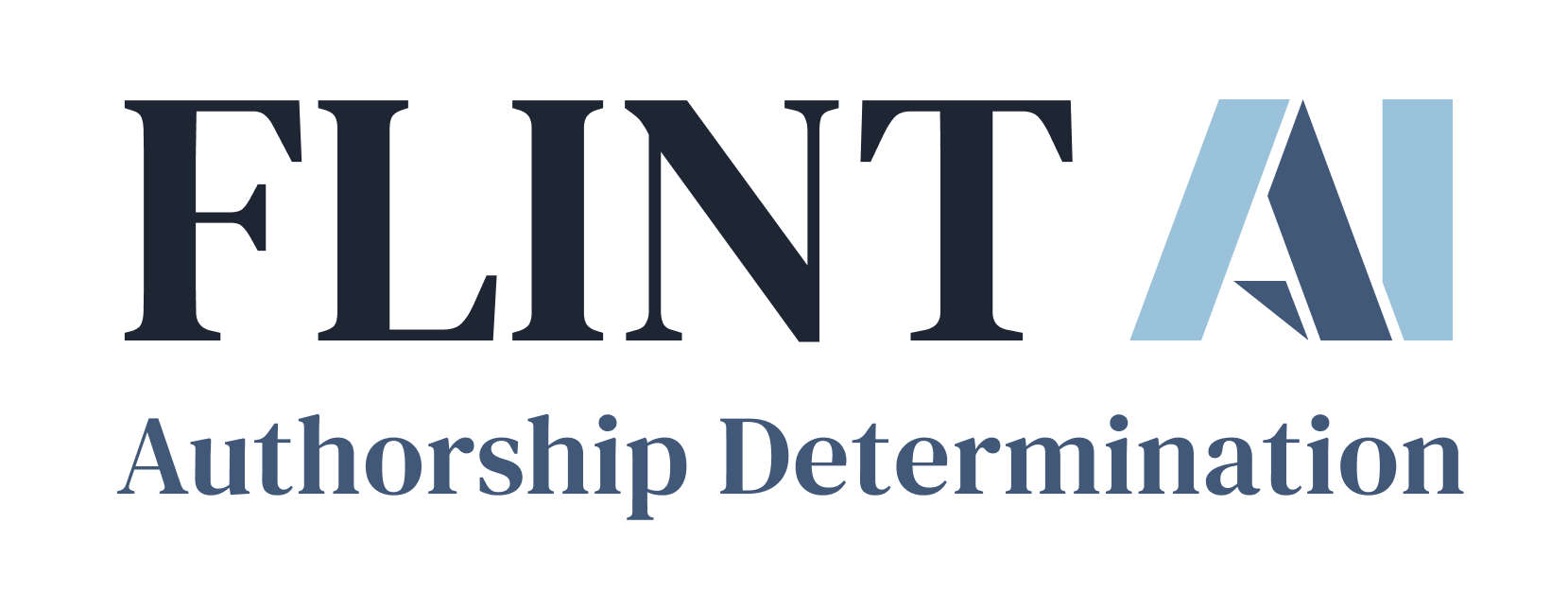Our Case Studies
- Case #1 : Authorship Cheating: Helping to Confirm a Student’s Authorship
- Case #2 : Authorship Determination: Helping to Identify Source of Ananymous Hate Speech
- Case #3 : Authorship Determination: Helping with Reputation Management Issues
- White Paper: Linguistic Fingerprinting to Flag AI Authorship Cheating
CASE #2 : AUTHORSHIP DETERMINATION: HELPING TO IDENTIFY SOURCE OF ANONYMOUS HATE SPEECH
Adam, head of security for a large university in the North East was concerned. A recent surge of racist comments had surfaced across University sponsored social media. Concern and even fear was starting to percolate down to the student body. Next step would be the parents and donors. Adam knew that the administration would soon have to take action. Adam perceived that his role was to avert this crisis. The question was how. How could he flag the culprit.
Sure there was the usual list of suspects. Like most other undergraduate institutions, the university had its group of crazies and hate mongers. They usually showed their strength in groups and in gatherings. Adam would be the last to say that these did not concern him, but overall, this was a healthy release of energy and part of the growth process of young adults. Afterall, Adam sunk his teeth in Berkeley in the 70’s. He was a leader at People’s Park, the one with the megaphone.
But this was different. The messaging was insidious. The authors hid behind the anonymity of the Internet. It was a string of racist emails being sent in bulk to the student body, threatening students based on race. Without knowing the author, Adam had no way to ascertain how serious was the threat.
He had a hunch and reached out to his friend, a notable researcher in forensic linguistics. He explained the issue to his friend. He had strong reason to believe that the author of these emails was a known member of one of the fringe groups, but which? He could not go ahead and accuse them all, after all the university was a bastion of free speech, as long as such speech did not threaten harm to another.
Adam’s friend said that he could help, but there was a caveat. The friend, who also happened to be a founder of Flint AI wanted to run a test comparing results of the tried and established manual forensic linguistic analysis, used in so many criminal investigations and supported in trials to convict dangerous people, to that of the new software technology being developed by Flint. The cost? No out of pocket cost to the university. Adam had nothing to lose. After all, he was not obligated to act on the findings.
Adam’s friend (and his team) went to work. They began the process of manually analyzing the actual threatening emails using the same methodologies accepted in environments such as court proceedings. They didn’t have much to work with. At the end of the day, they only had a handful of emails, emails that were typically pretty short. A total of 900 words.
They then proceeded to perform similar actions on a stack of emails that were known to have been authored by members of the suspected fringe group. They worked on a group of over 60 emails, with over 11,000 words.
Their analysis used a process of applying rules of linguistics, looking for overlapping linguistic features between the data sets, including word patters, sentence structure, patterns of punctuation, typical typographical errors and grammatical errors.
They generated a 25 page report, identifying a likely author from the suspect group. Adam brought the student before a committee, and when confronted, the student folded and admitted to have authored the threatening emails. As expected, the student expressed remorse, promising that he never intended to actually act on his threats. The committee wanted to show empathy, but it also had to show that such actions would not be tolerated. The student was placed on a one year academic suspension.
Adam’s friend, true to his word, did not charge the university for the analysis, but he did additionally provide a report generated by the Flint AI Authorship Identification application that ran the same analysis and produced the same results as by the well established manual process.
Time Spent: The time spent on the manual process to generate the 25 page report: nearly 20 hours. It would have cost over $1,000.
Time spent on the technical solution was measured in minutes, and would have cost under $20.
The results: the student body was reassured that the university does not tolerate such threatening behavior; other students belonging to the fringe group were not punished or stigmatized and could continue with their activities protected by the first amendment; the student who actually engaged in the threating behavior was identified before any harming activity was actually undertaken, and he quickly confessed allowing the university to demonstrate their clear line between free speech and protection of the safety of the student body.

